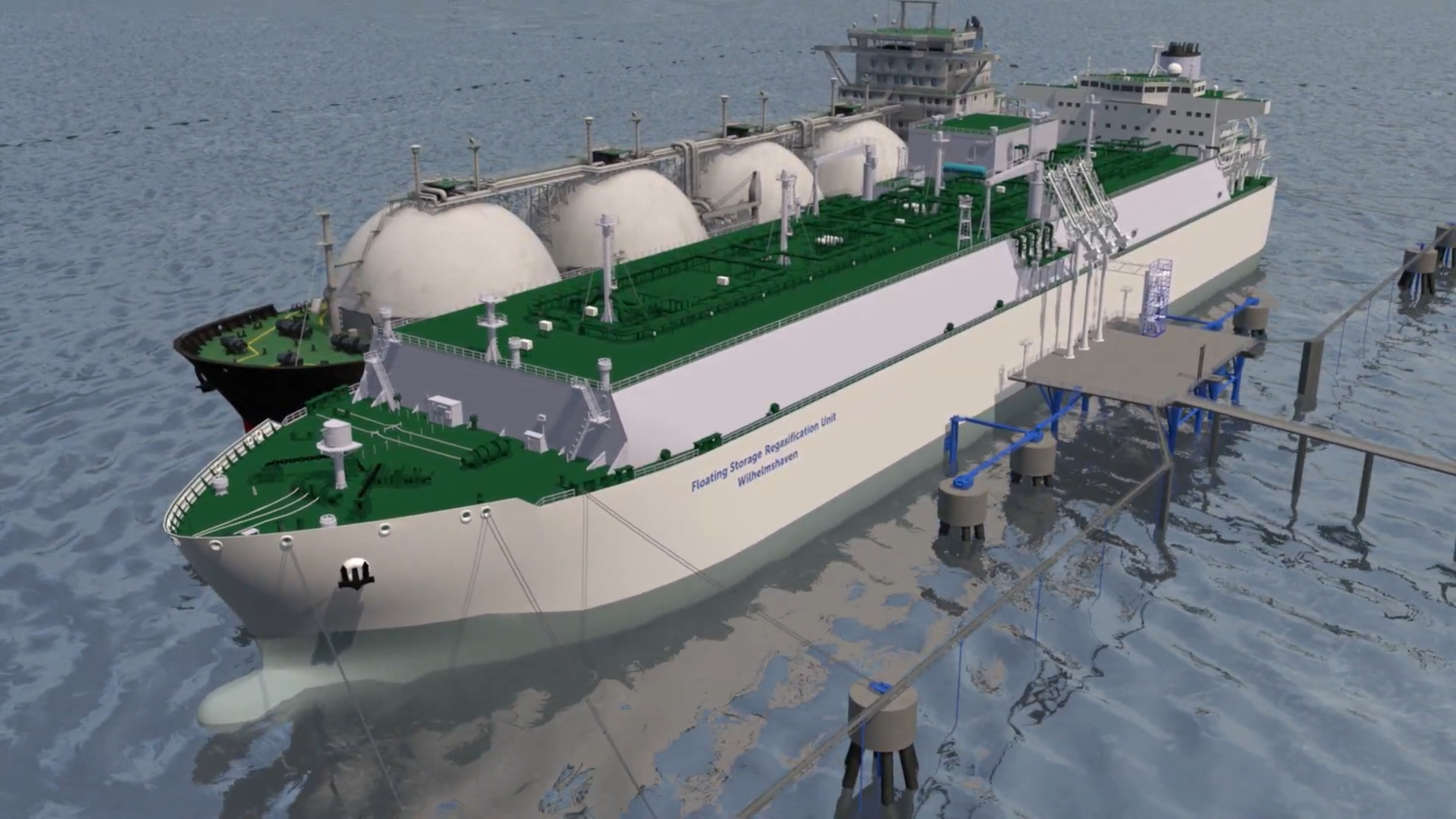Germany’s Uniper said Monday it is re-evaluating plans to build its Wilhelmshaven FSRU project due to a lack of customer interest.
To remind, a unit of the German firm developing the LNG import project has in September invited firms to submit their binding capacity interest for the development.
The procedure for gauging interest from market players ended on Friday last week “without a sufficient response.”
“Numerous market players took part in the procedure and expressed general interest, but not enough of them have made their booking intentions binding,” Uniper said.
New options for Uniper’s unit LNG Terminal Wilhelmshaven GmbH (LTeW), include using the project as an import port for environmentally friendly gas.
Importing hydrogen would also be a possibility in the long-term, Uniper said.
Revising the scope
Project Manager at Uniper, Oliver Giese said economic uncertainties have played a role in the current circumstances as many firms don’t want to make long-term commitments.
“The results of the expression-of-interest procedure show that we need to revise the scope and focus of the planned terminal to ensure that it remains attractive to market players and economically predictable for LTeW and Uniper,” he said.
Uniper CEO Andreas Schierenbeck added LNG is a growth market and natural gas is playing a bigger and bigger part in ensuring security of supply and in decarbonizing the global energy system.
“This is why Uniper is committed to ensuring a secure supply of LNG both now and in the future. But it’s also clear that all considerations must meet the same strict economic criteria,” he said.
“We will now discuss all this in depth with those who, like me, consider the development of such an import terminal in Germany to be a fascinating idea and will continue to support it,” Schierenbeck said.
The original plans included an FSRU with a send-out capacity of 9.78 bcm per year helping diversify German gas supplies.
Furhermore, Japan’s Mitsui O.S.K. Lines and Uniper signed a build and charter deal for the FSRU earlier this year.
South Korea’s Daewoo Shipbuilding and Marine Engineering would build the 263,000-cbm vessel equipped with GTT’s N096 membrane containment system.

